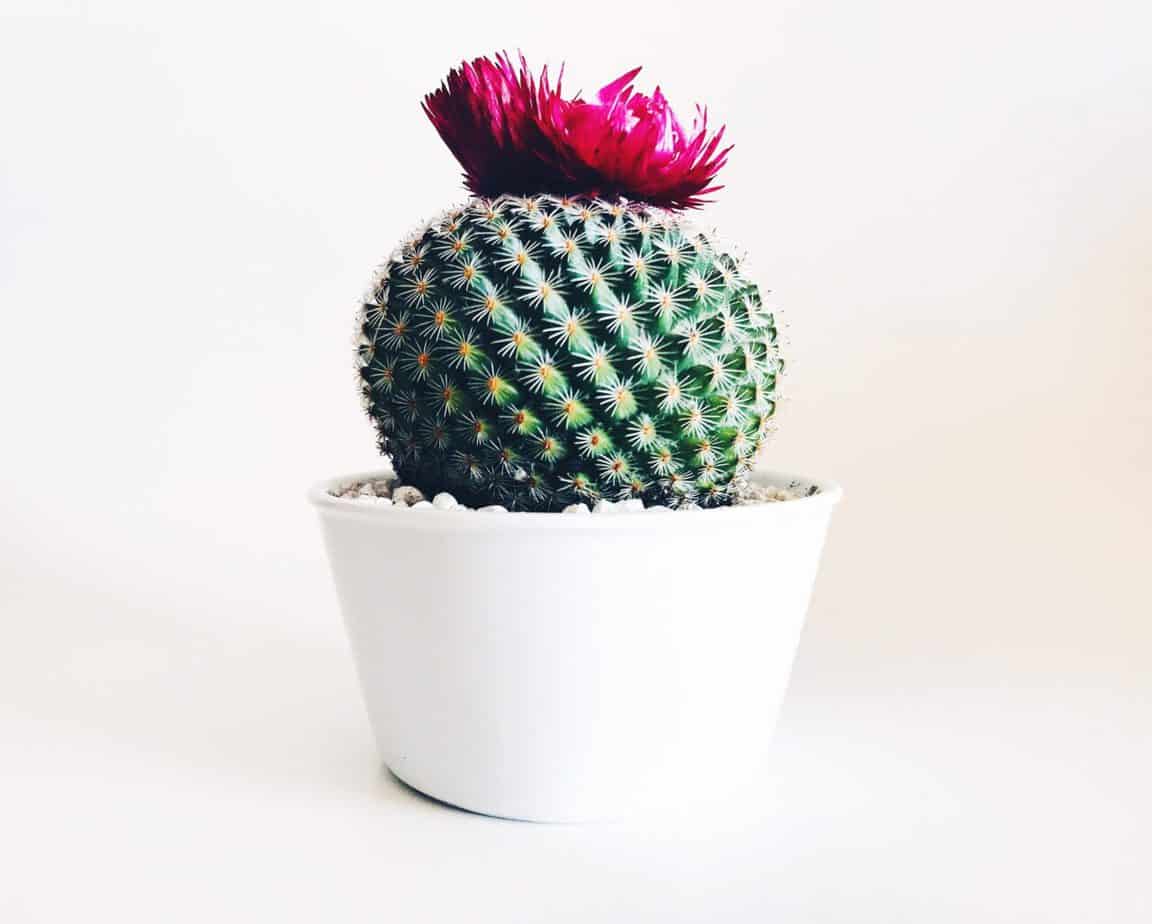While there are many cultivars with Christmas names, there are several houseplants that have common names associated with Christmas.
Aside from seasonally-inspired names of cultivars such as “Jingle Bells” which occur in several plant species, and probably the most obvious, Christmas trees, the range and variety of these houseplants is substantial. The Christmas tree plant itself, Araucaria heterophylla or Norfolk Island pine, is a year-round indoor conifer that is relatively easily cultivated.

The Christmas palm, veitchia merrillii, also known as the Manila palm as it originates from the Philippines, is a medium-sized tree in its natural habitat but can be grown as a smaller, slow-growing and unusual indoor plant. It is best located in a large hall, conservatory or foyer as it can still grow to a height of around sixteen feet over time.
Erica canaliculata is known as the Christmas heather. It is a winter-flowering shrub that grows around three feet high as a houseplant. It has tiny white blooms with black centres and needs a cool environment. It is hard to propagate and it is usually discarded after it stops flowering, which is usually late spring.
Christmas Cheer, Christmas Pride and Christmas Jewels
Christmas cheer refers to sedum rubrotinctum, a distinctive species that originates from Mexico. It makes a decorative and eye-catching compact pot plant. The plant has plump, colourful leaves that resemble miniature sausages in their shape and in its natural environment, usually flowers a pale yellow in winter.
The leaves become red from their rounded ends as the plant is exposed bright sunlight, so as a houseplant, it is ideally positioned on a sunny windowsill. This species may not always flower in a cooler climate, although the leaves will change their colours in direct sunlight. It is necessary to avoid overwatering this plant.
Christmas pride is ruellia macrantha, a handsome plant with dark green leaves that give a decorative contrast to the rose-purple, long, tubular flowers that flower through Christmas and early spring. The overall effect is an attractive yet almost understated appearance. It is a relatively easy plant to maintain if pruned annually and kept misted in order to maintain humidity.
Aechmea racinae is a less common aechmea nowadays, known as Christmas jewels. “Aichme” is Greek for “point”, a reference to the pointed sepals which are over four inches long and a distinctive red in the racinae species. This plant is often best displayed in a hanging basket, which shows its twelve-inch long, shiny green leaves to good effect. After flowering around Christmas time, it displays bright orange-red berries for several weeks.
Cacti and Poinsettias
Hybrids of the Christmas cactus are popular, though they need a little care if they are to flower well in future seasons. Most Christmas houseplants are easy to maintain. One of the most popular Christmas houseplants is the poinsettia, which is sometimes referred to as the Christmas Star.
The Christmas name is also applied to some species of begonias and orchids as well as occurring in the Christmas pepper and the Christmas cherry. The Christmas rose, Helleborus niger, is another plant with “Christmas” in its name. However, this is not a houseplant but a white rose best suited to borders in the garden. It actually flowers from January to March, sometimes April.
















No Comments